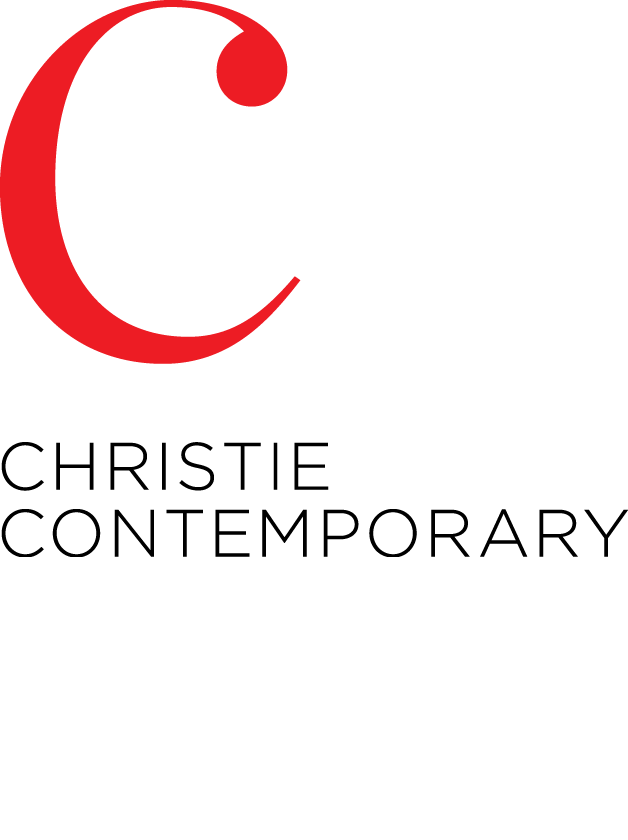Decisions around texture and colour are standard contemplations for a painter, but when indexed to evoke a sense of being in a place, to offer an essential reading, these choices become the matter of interpretation. Larissa Tiggelers distills elements of a particular locale in the central Philippines to a narrow colour palette, sampled across a suite of near-monochrome paintings where shifts in chroma are sequestered by narrow ridges, the only trace of gesture, themselves vestiges of the delicate structure of locally foraged materials.
Acclimatizing Cadence
I wish the idea of time would drain out of my cells
and leave me quiet even on this shore. — Agnes Martin
The barangay (or municipality) of Batan, located in the central Philippines, is a place that never lets you forget where you are. Looking out onto the town square from the open air second-storey studio at Elmo’s House Artist Residency in November of 2017, I absorbed the rhythms of daily life and the abundance of ceaseless sounds: wind, rain, thunder, roosters, dogs, bats, birds, tuko lizards, insects, basketball games, concerts, church bells, choir practice, engines, horns, marching bands and more. The now artist residence was the private home of my host Kuh Del Rosario’s late father and residency namesake Elmo Del Rosario, and I focused my time in residency on some of the objects Elmo had chosen to surround himself with amid the feverish backdrop of Batan.
The textures and articles referenced in Acclimatizing Cadence originate from Elmo’s house and the area; they have connections to a pre-colonial meal, a distinct personal collection and the utilitarian items that populate a home. Some of these items have made their way directly into the exhibition, while in other cases they have motivated new pieces. The wall-sized paintings constructed of salvaged polyester sheers stiffened by acrylic medium shroud the main space of Christie Contemporary. They act as a threshold, like a mosquito net or foyer—a protective but visually penetrative wall that contemplates notions of privacy, intimacy and protection. In the space of these paintings one can take a moment to be immersed and allow the eye to see one or both paintings, or to see through them, to oscillate between feeling seen and hidden.
Throughout my time in residence I created colour samples from objects I encountered on the Elmo’s House premises and the shoreline of the nearby Sibuyan Sea. I would carefully assess areas of a shell, rock or bits of foliage, then endeavour to recreate the various ranges of chroma by hand-mixing colour. This collection, which accumulated in a sketchbook, greatly assisted in the process of taking in my surroundings.
I eventually focused my colour daybook on another peculiar collection, narrowing my samples to Elmo’s lifelong rock collection. Though his collection is sizeable, the variety of colours was modest in range, including soft beiges, warm whites, light pinks and the occasional muted yellow. As my exploration of Batan continued I noticed the colour range of the region’s stones to be much broader than Elmo’s selection; his collection was careful and deliberate, and the stones were often soft, round and soothing in the hand. This quiet colour range and soft tactility motivated the subtle colour shifts in my paintings. Moreover, the smoothly painted surfaces limit my gestural authorship, reflecting my concentration on sourcing the colour palettes from my surroundings.
The wall-mounted plaster pieces titled kamay mould were cast by laying plaster over banana leaves, which were remnants from a celebratory kamayan feast. From Tagalog, Kamay translates to hand and kamayan means to eat with one’s hands. Prior to the arrival of Spanish conquistadors over 400 years ago, indigenous populations ate from banana leaves with their hands, and this is a method still employed for the special Filipino meals today.1 The texture and scale of kamay mould reference the hand, while the small raises are echoed in the paintings’ internal ridges—the areas where colours and incremental gestures converge.
void/repeat vessel is composed of a slurry of local rice, recycled paper and handmade dyes extracted from local flowers and bark. The mixture was gently packed into vessels that typically hosted coffee, tea, coconut water or wine once served to Elmo’s friends and family. These composite receptacles embody a space that transforms readily; transmuting their parentages’ eagerness to participate and contribute to daily life, they carry forward the vessels’ innate potential to be serviceable.
As a visitor to a place soaked in imperial histories and rich affirmations of geologic time, I preferred to be an observer, to not take objects or leave permanent signifiers of my time in the Philippines but to borrow authentic impressions. Created from castings of personal articles, remnants of what has become defiance of settler decree and collections that offered comfort, the resulting artistic gestures are a small survey of a place that is sociologically, politically and historically complex. In Acclimatizing Cadence, these pieces come together to ruminate on trace, erasure, family life, remembrance and tenderness.
— Larissa Tiggelers


